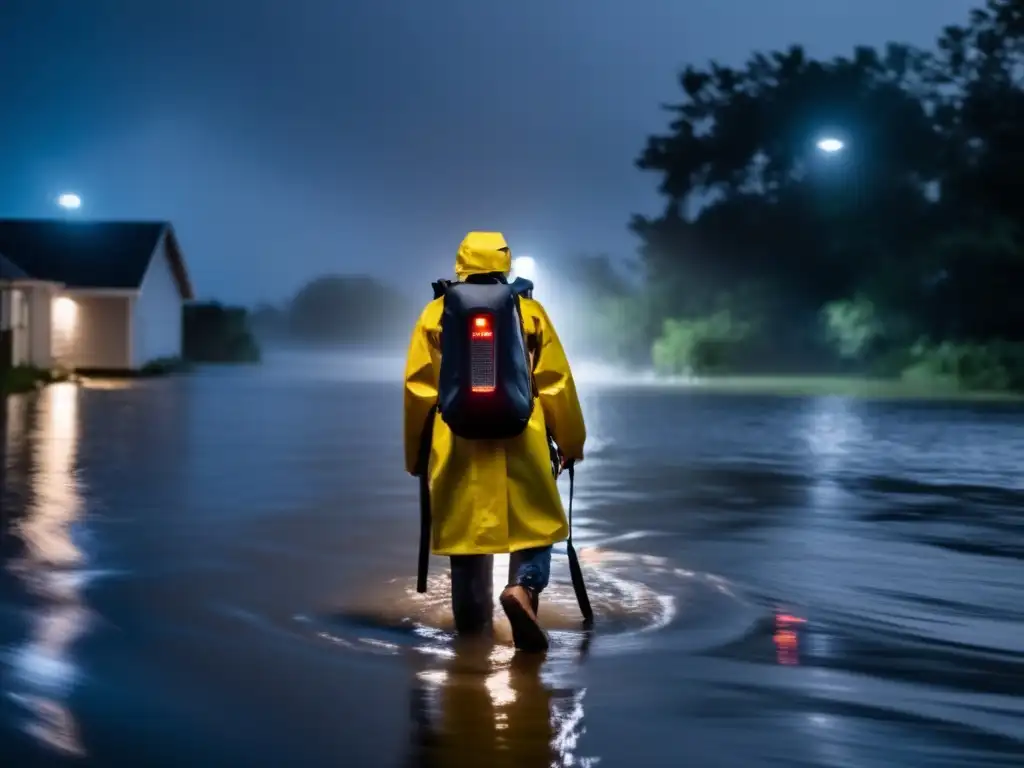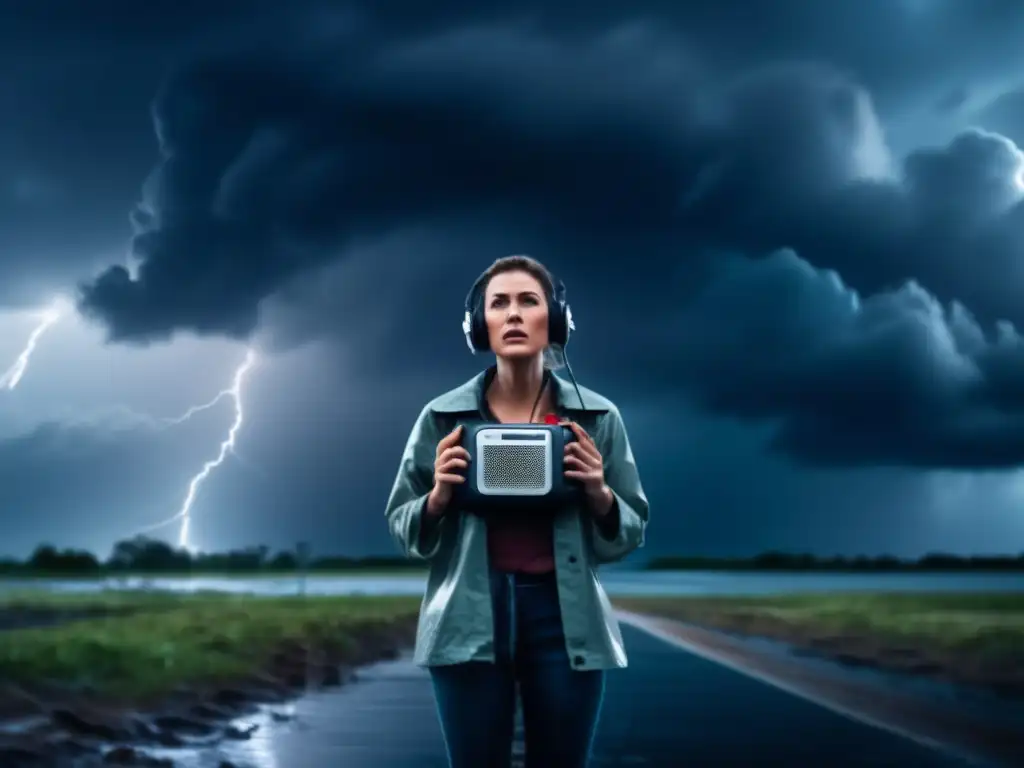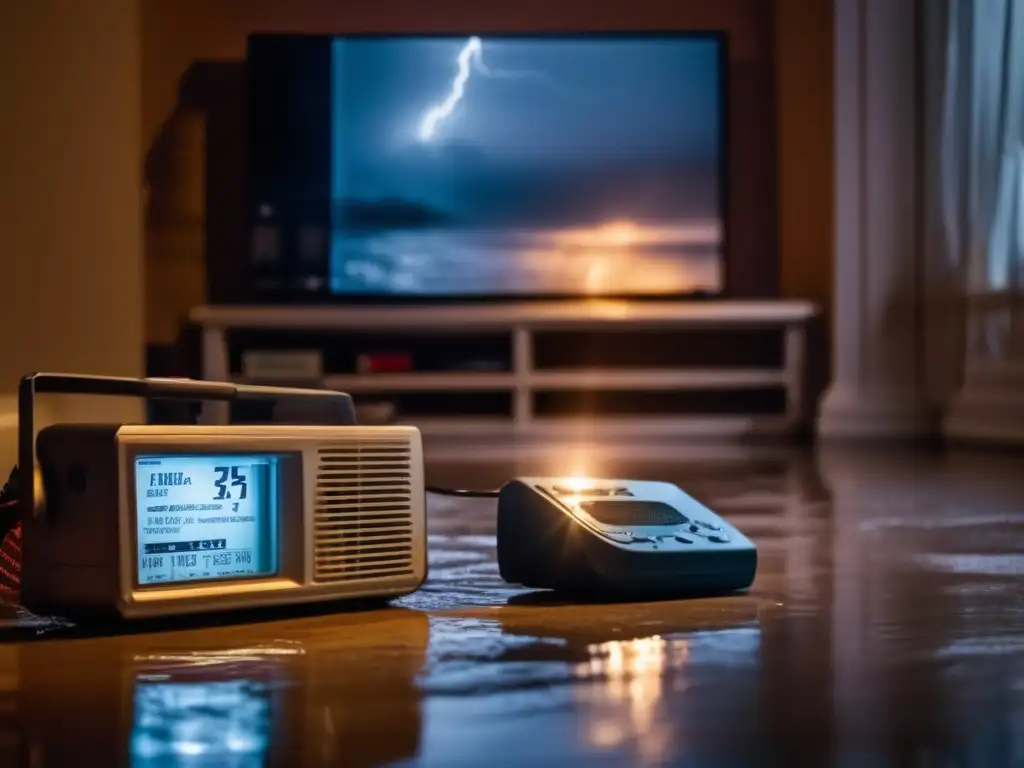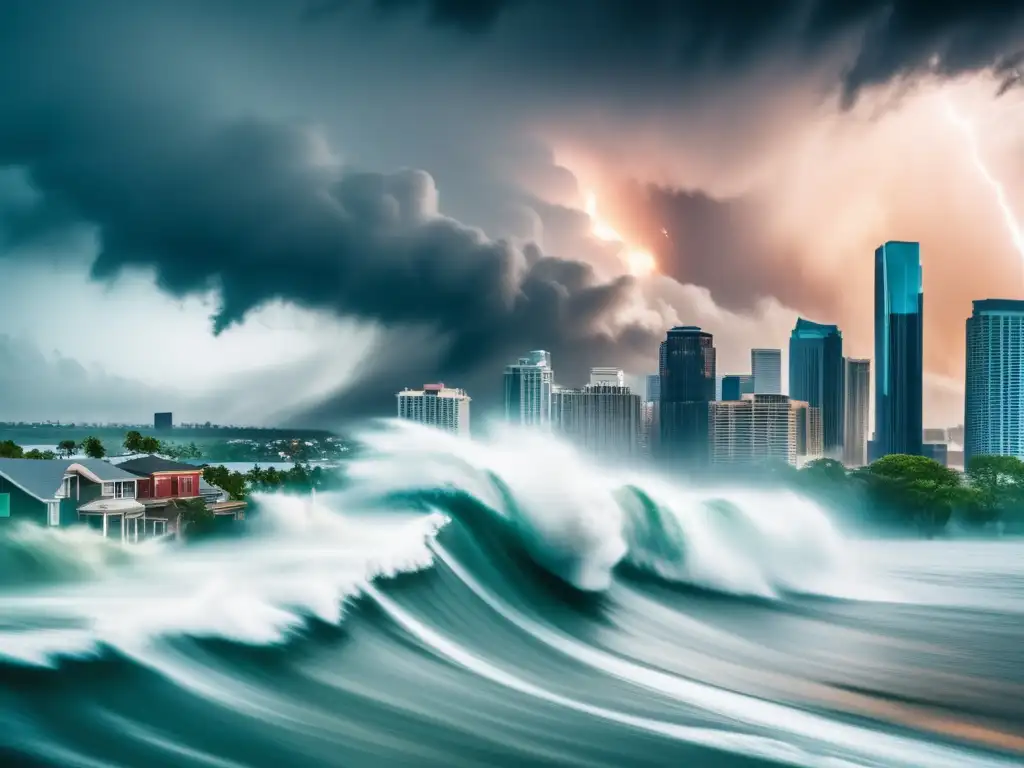Tips For Using Emergency Radios During Hurricanes

Tips for Using Emergency Radios During Hurricanes
Introduction
When hurricanes hit, communication and access to information are essential for staying safe and making informed decisions. Often, power outages and network failures occur during a hurricane, making it difficult to stay connected to vital sources of information. Emergency radios are one tool that can help bridge this gap by providing access to critical updates and emergency broadcasts. In this article, we'll explore tips for using emergency radios during hurricanes so that you can stay informed and safe throughout the storm.
How Emergency Radios Work

Radio Types
There are two primary types of emergency radios: AM/FM radios and NOAA weather radios. AM/FM radios allow you to listen to traditional radio stations, while NOAA weather radios are specifically designed to receive emergency weather alerts from the National Oceanic and Atmospheric Administration (NOAA). Both types require batteries, often multiple, to operate, and it's important to have extra batteries on hand during a hurricane.
Channels and Frequencies
Each radio station and NOAA weather channel operates on a specific frequency. During a hurricane, it's essential to know which frequencies correspond to the emergency broadcasts and weather alerts in your area. You can find this information online or by consulting local emergency management agencies. Your radio may also have a digital tuner that auto-scans for active channels.
Antennas
The quality of your radio reception depends on several factors, including the strength of the signal and the quality of your antenna. Many emergency radios come with antennas that can be extended for better reception. It's essential to ensure that the antenna is fully extended and that it's positioned in a location with minimal interference, such as near a window or outside.
Preparing Your Emergency Radio

Batteries
Make sure you have enough batteries on hand to power your radio throughout the hurricane. Consider using rechargeable batteries and have multiple sets available to rotate as needed. Test your batteries before the storm to ensure they're functioning correctly.
Location
Choose a safe, dry location for your emergency radio during the hurricane. Keep it away from windows and other potential sources of water damage. Make sure you have easy access to the radio in case of an emergency.
Antenna Extension and Reception
Before the storm arrives, extend your radio's antenna and test reception in various locations around your house. Look for areas where you can receive a strong signal with minimal interference. Make sure that your radio is connected to its power source and that it's functioning correctly.
Using Your Emergency Radio During a Hurricane

Stay Informed
During a hurricane, it's essential to stay informed about any updates and emergency alerts. Tune in to your local NOAA weather radio channel or an emergency broadcast station like AM/FM and listen carefully for any updates or instructions from authorities. Write down any critical information in case you lose power or the radio signal becomes disrupted.
Use Headphones
If possible, use headphones when listening to your emergency radio. This can help to reduce external noise and distractions, making it easier to hear important updates and instructions.
Avoid Unnecessary Use
While emergency radios are essential tools during a hurricane, it's important to avoid unnecessary use to conserve battery life. Only use your radio when necessary to stay informed about the storm and any emergency alerts.
Frequently Asked Questions

-
What is the difference between an AM/FM radio and a NOAA weather radio?
AM/FM radios allow you to listen to traditional radio stations, while NOAA weather radios are specifically designed to receive emergency weather alerts from the National Oceanic and Atmospheric Administration (NOAA).
-
How many batteries do I need for my emergency radio?
This depends on the type of radio you have and its power requirements. Make sure to have enough batteries available to power your radio throughout the hurricane, and consider using rechargeable batteries as well.
-
Where can I find information about the frequencies for local emergency broadcasts?
You can find this information online or by consulting local emergency management agencies. Your radio may also have a digital tuner that auto-scans for active channels.
-
What should I do if I lose the radio signal during the hurricane?
If you lose the radio signal, try changing the location of your radio or adjusting the antenna. If this doesn't work, try using a different set of batteries or tuning into a different channel.
-
Can I use my phone or computer instead of an emergency radio during a hurricane?
It's always best to have multiple sources of information during a hurricane, including an emergency radio. Phone and computer networks can become overloaded or fail during a hurricane, making it difficult to access critical information.
Conclusion
Emergency radios are essential tools for staying informed and safe during a hurricane. By understanding how they work, preparing them before the storm, and using them effectively during the hurricane, you can stay up-to-date on critical updates and emergency broadcasts. Remember to conserve battery life, use headphones, and only use your radio when necessary. For those living in hurricane-prone areas, having an emergency radio as part of your hurricane preparedness kit is highly recommended. Stay safe and stay informed!
If you have any questions or thoughts about using emergency radios during hurricanes, please share them in the comments section below. Remember to subscribe to HurricaneInsider.org for more valuable information and resources about hurricanes and their impact.
Additional Resources

- Ready.gov: Hurricanes
- National Weather Service: Hurricane Safety Tips and Resources
- American Red Cross: Hurricane Safety and Preparedness
 Taking Photos: Documenting Damage During And After A Hurricane
Taking Photos: Documenting Damage During And After A Hurricane Cleaning Up: Safe And Efficient Cleanup Methods After A Hurricane
Cleaning Up: Safe And Efficient Cleanup Methods After A Hurricane Staying Hydrated: Safe Drinking Water Tips During A Hurricane
Staying Hydrated: Safe Drinking Water Tips During A HurricaneIf you want to discover more articles similar to Tips For Using Emergency Radios During Hurricanes, you can visit the During the hurricane: category.
Leave a Reply

Articulos relacionados: